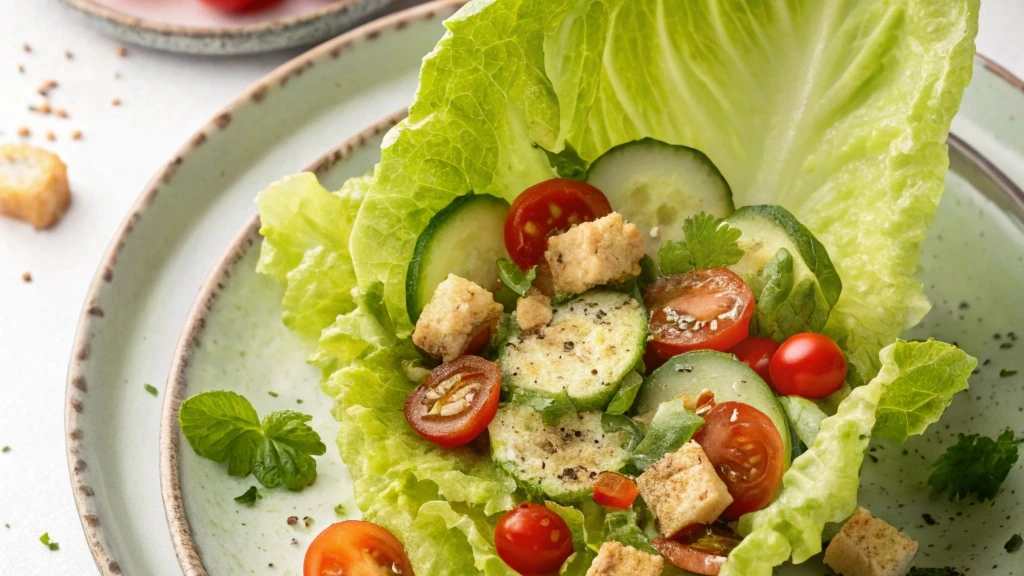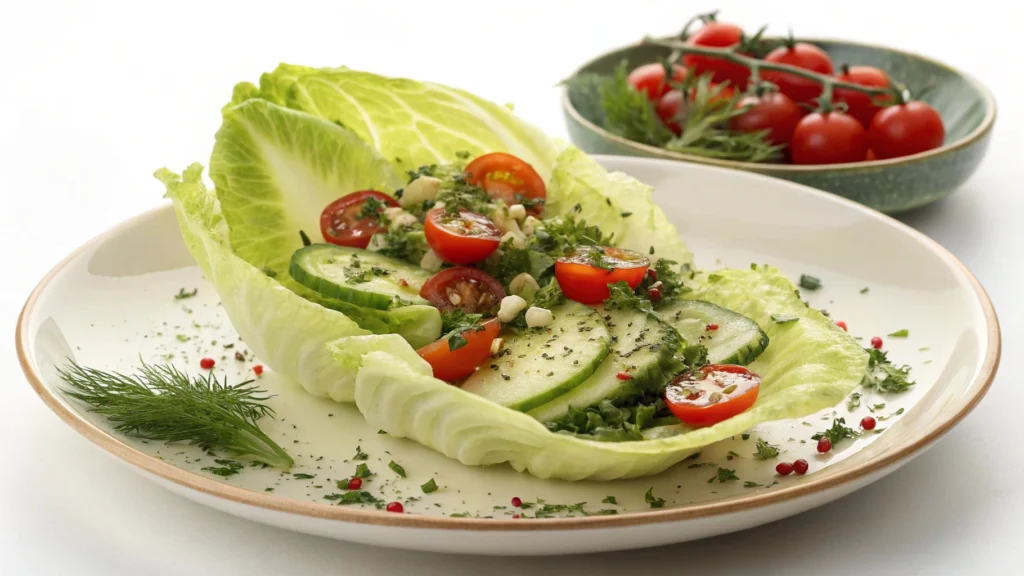Introduction

Have you ever dreamed of walking into your kitchen and picking fresh Grow lettuce at home from your own garden? Growing lettuce at home not only provides you with fresh, nutritious greens but also gives you a sense of accomplishment and satisfaction. Whether you’re a complete beginner or just getting your gardening feet wet, this guide will walk you through everything you need to know about growing fresh lettuce right at home.
Lettuce is one of the easiest vegetables to grow, making it perfect for first-time gardeners. It’s fast-growing, low-maintenance, and incredibly versatile in the kitchen. From crisp salads to fresh sandwiches, homegrown lettuce can elevate your meals in ways you never thought possible. So, why not give it a try? In this guide, we’ll explore the types of lettuce, the essential tools you need, and step-by-step instructions to help you successfully grow your own lettuce at home.
Understanding Lettuce Varieties and Choosing the Right One for Your Garden
Choosing the right lettuce variety is key to having a successful harvest. With so many types available, it can be overwhelming to know which to choose. Here, we’ll break down the different types of lettuce and help you select the one that suits your gardening needs.
Different Types of Lettuce
Lettuce comes in various shapes, colors, and textures. The most popular types include:
- Romaine Lettuce: Known for its long, crisp leaves, Romaine is perfect for salads and sandwiches.
- Butterhead Lettuce: Soft, tender, and mildly sweet, Butterhead varieties like Bibb and Boston are perfect for making delicate salads.
- Iceberg Lettuce: Often used for its crunch, Iceberg has a firm head and is popular in sandwiches and wraps.
- Leaf Lettuce: This includes both red and green varieties, which are quick to grow and great for harvesting leaves throughout the season.
Best Lettuce Varieties for Beginners
As a beginner, it’s best to start with lettuce varieties that are easy to grow and maintain. The following types are beginner-friendly:
- Loose-leaf varieties: These grow quickly and don’t require much space. They’re perfect for small gardens or containers.
- Butterhead Lettuce: Easy to grow indoors and outdoors, these are great if you’re short on space.
- Romaine Lettuce: While slightly more space-demanding, Romaine thrives in cool temperatures and is easy to grow in both containers and garden beds.
Growing Lettuce for Specific Uses
Different types of lettuce are better suited to specific uses in the kitchen. Consider these options:
- For Salads: Leaf lettuce and Butterhead varieties are ideal due to their tender leaves.
- For Sandwiches: Romaine and Iceberg are perfect for adding a crisp texture.
- For Smoothies: Lettuce can even be used in green smoothies. Try tender leaf varieties for a mild flavor.
Essential Tools and Materials for Growing Lettuce at Home
Before you get started, you’ll need to gather a few essential tools. Here’s a rundown of what you’ll need to grow fresh lettuce at home.
Containers and Planters
If you’re growing lettuce in containers, you’ll need:
- Pots or Planters: Ensure your containers have drainage holes for proper water flow.
- Seed Trays: These are perfect for starting seeds indoors before transplanting them to larger containers or garden beds.
- Hydroponic Systems: For indoor gardening, consider hydroponics as an alternative to soil. Lettuce grows wonderfully in these systems, offering a clean, efficient growing method.
Soil and Growing Medium
Lettuce thrives in well-drained, nutrient-rich soil. Some tips for selecting the right soil include:
- Best Soil for Lettuce: Use a light, loamy, or sandy soil with a pH level between 6.0-7.0.
- Hydroponic Growing Medium: If you’re using a hydroponic system, consider growing mediums like coconut coir or perlite.
Gardening Tools for Lettuce
- Trowel: A small, handheld tool for planting seeds or seedlings.
- Watering Can: To gently water your plants without disturbing the soil.
- Gardening Gloves: To protect your hands while working in the soil.

Step-by-Step Guide to Growing Lettuce from Seed
Growing lettuce from seed is a rewarding experience, and it’s easier than you might think. Follow these steps to start your lettuce garden at home.
Starting Lettuce Seeds Indoors
- Planting the Seeds: Start by sowing seeds in seed trays or small pots. Space the seeds about 1 inch apart.
- Germination: Lettuce seeds typically germinate in 7-10 days. Keep them in a warm, sunny location with indirect light.
- Thinning the Seedlings: Once seedlings have their first set of true leaves, thin them out by removing the weakest plants, leaving about 3-4 inches between each plant.
Watering and Sunlight Needs
Lettuce requires consistent watering and plenty of light. Here’s what to do:
- Watering: Keep the soil evenly moist but not soggy. Water early in the day to avoid fungal growth.
- Sunlight: Lettuce needs 12-16 hours of light per day. If growing indoors, consider using grow lights to supplement natural sunlight.
Transplanting Lettuce Outdoors or Into Larger Containers
- Transplanting Timing: Once your seedlings have grown large enough (about 4-6 inches tall), transplant them into larger containers or outdoor garden beds.
- Spacing: Space lettuce plants 8-12 inches apart for optimal growth.
- Outdoor Care: If planting outdoors, ensure they are in a shaded area during the hottest part of the day to prevent wilting.
Caring for Your Lettuce Plants: Maintenance and Growth Tips
Once your lettuce is planted, proper care is key to maintaining healthy, vibrant plants.
Watering Techniques
- Consistent Moisture: Lettuce needs regular watering, especially during dry spells. Water deeply, ensuring the roots are well-moistened.
- Avoid Overwatering: Too much water can lead to root rot. Make sure the soil drains well.
Pruning and Harvesting Lettuce
- When to Harvest: Harvest leaves once they reach a desirable size. For continuous harvest, cut the outer leaves, leaving the inner leaves to grow.
- Regrowth: Lettuce can be harvested multiple times by cutting the outer leaves and allowing the plant to regrow.
Dealing with Pests and Diseases
Common pests include:
- Aphids: Use a gentle spray of water to remove aphids or introduce ladybugs to control them.
- Slugs: Place copper tape around your containers or use natural slug repellents.
- Powdery Mildew: Ensure your lettuce gets proper air circulation and avoid overhead watering.

Troubleshooting Common Problems When Growing Lettuce
Lettuce is generally easy to grow, but there are a few problems you may encounter. Here’s how to troubleshoot common issues.
Lettuce Leaf Problems
- Wilting: Could be due to underwatering or heat stress. Ensure your lettuce gets enough water and is shaded during hot weather.
- Yellowing Leaves: May be a sign of overwatering or a nutrient deficiency. Ensure your soil drains well and is rich in nutrients.
Soil Issues
- Nutrient Imbalance: If your lettuce isn’t growing well, your soil may lack essential nutrients like nitrogen. Use organic compost to improve the soil quality.
- Poor Drainage: If water sits in your container or bed, consider repotting with better-draining soil.
Temperature and Environment Challenges
- Heat Stress: Lettuce prefers cooler temperatures, between 60-65°F (15-18°C). Use shade cloth to protect plants during the hottest months.
- Cold Sensitivity: Lettuce can be sensitive to frost. If you live in a colder climate, grow lettuce indoors or use cloches to protect outdoor plants.

Conclusion
Growing fresh lettuce at home is a fulfilling and easy way to enjoy crisp, healthy greens. By choosing the right variety, gathering the right tools, and following our simple step-by-step guide, you’ll be well on your way to harvesting your very own lettuce. Whether you’re a beginner or seasoned gardener, lettuce is a fantastic plant to grow in any space, from containers on your balcony to a full garden bed.
Start small, enjoy the process, and before you know it, you’ll have an abundance of lettuce to enjoy in your salads, sandwiches, and more. Happy gardening!
FAQ: Grow Lettuce at Home
Q: What is the best way to grow lettuce at home? A: The best way to grow lettuce at home is to start by choosing the right variety for your space, using well-drained soil, and ensuring your lettuce gets plenty of light and consistent moisture.
Q: Can I grow lettuce indoors? A: Yes! Lettuce is perfect for indoor gardening. Use containers with good drainage and a grow light to ensure your lettuce gets enough light.
Q: How long does it take to grow lettuce at home? A: Lettuce grows quickly, with most varieties ready to harvest in about 30-45 days, depending on the type and growing conditions.
Q: How do I prevent pests from damaging my lettuce? A: Use natural remedies like water sprays, introduce beneficial insects like ladybugs, or use organic pesticides to keep pests like aphids and slugs at bay.
